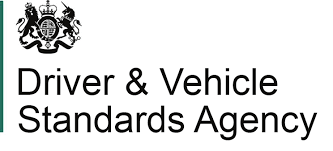Frequently Asked Questions About Tyres
How to Check, Maintain and Replace Tyres
We must abide by local laws and regulations and prove to Buckinghamshire council that the collection, movement, and disposal of tyres is legal.
Casually disposing of tyres and not taking precautions as to how they’re disposed of could mean we are directly responsible for:-
- Releasing toxic chemicals into the atmosphere. Benzene, xylene, ethylene, and acetone are among the most dangerous compounds.
- Creating hazardous solid waste
- Emitting greenhouse gasses
- Increasing air pollution
- Endangering humans
There is a fee we pay to comply with legislation and of course avoid harm to our planet, and we pass a percentage of this fee onto our Customers.
Regular tyre checks help ensure safe handling, proper braking, and good fuel economy. Worn or under-inflated tyres can reduce grip and increase stopping distance, especially in wet conditions.
Ideally, check tyre pressure once a month and before long journeys. Tyres naturally lose air over time, even when there are no punctures.
Your car’s correct tyre pressure is listed in the owner’s manual, inside the fuel cap, or on a sticker inside the driver’s door frame. Always use these recommended settings, not what’s printed on the tyre itself.
Under-inflated tyres wear out faster, increase fuel consumption, and can overheat, which may lead to a blowout while driving.
Yes. Over-inflated tyres reduce grip and cause uneven wear, making the vehicle ride more harshly and reducing safety.
Use the 20p coin test (UK) or ensure tread depth is at least 1.6mm across the central section. If the tread looks shallow or uneven, it’s time for replacement.
Common causes include incorrect tyre pressure, worn suspension parts, or misaligned wheels. A tyre check can identify the issue early.
Yes. Cracks, bubbles, or bulges can indicate internal structural damage. These tyres should be replaced immediately to avoid sudden failure.
Hard braking, fast cornering, and hitting potholes can accelerate wear. Smooth driving helps your tyres last longer.
Replace tyres when tread depth falls below legal limits, if they are damaged, or if they’re more than 5–7 years old, even if the tread appears fine.

